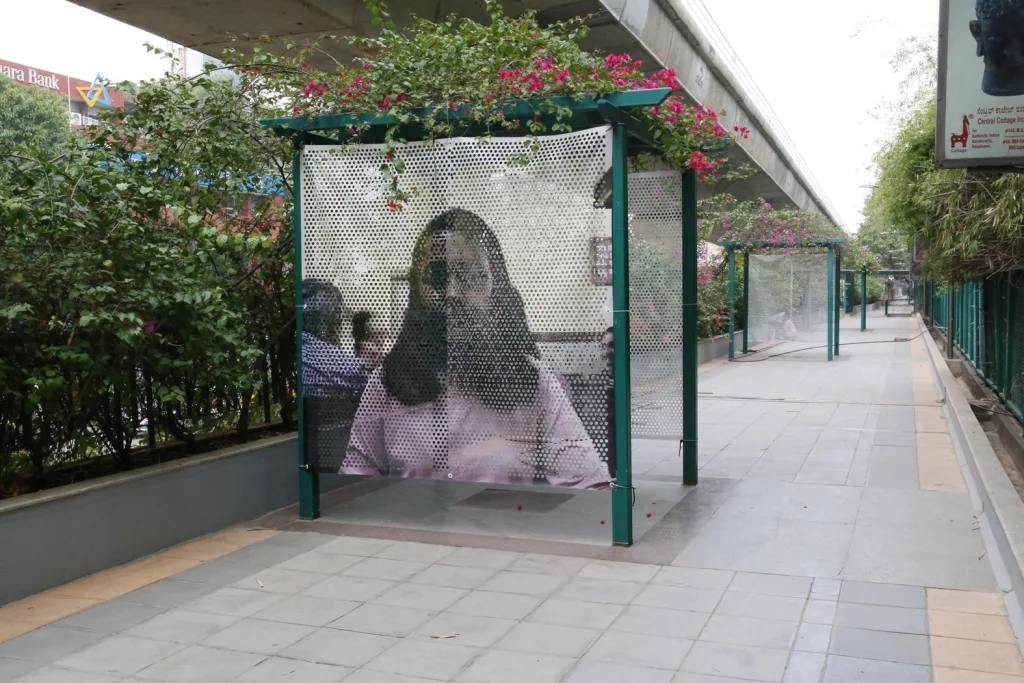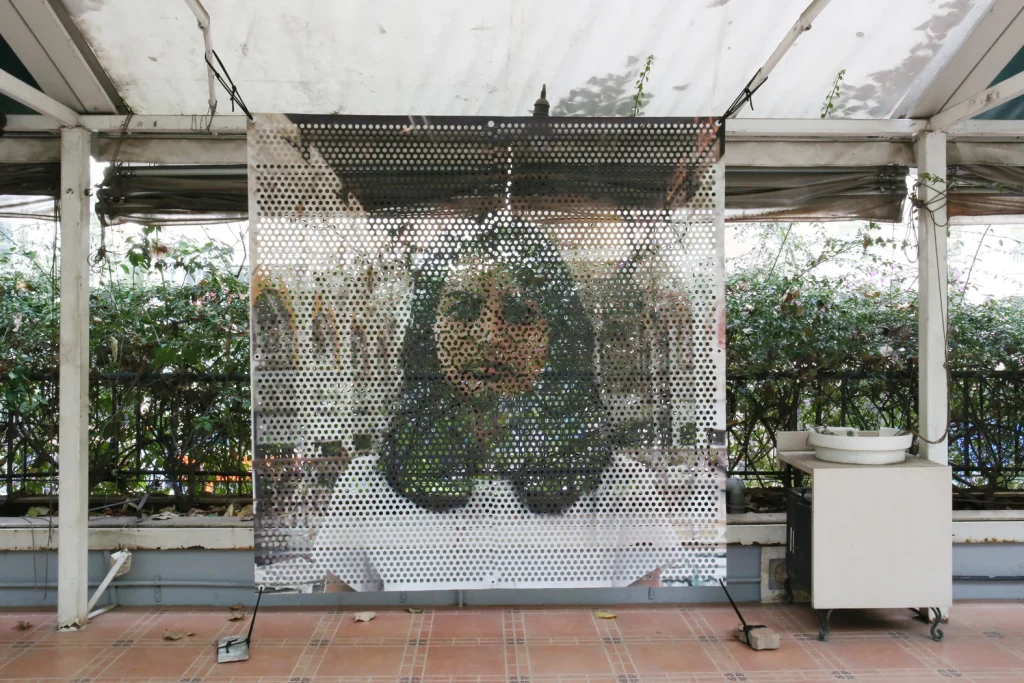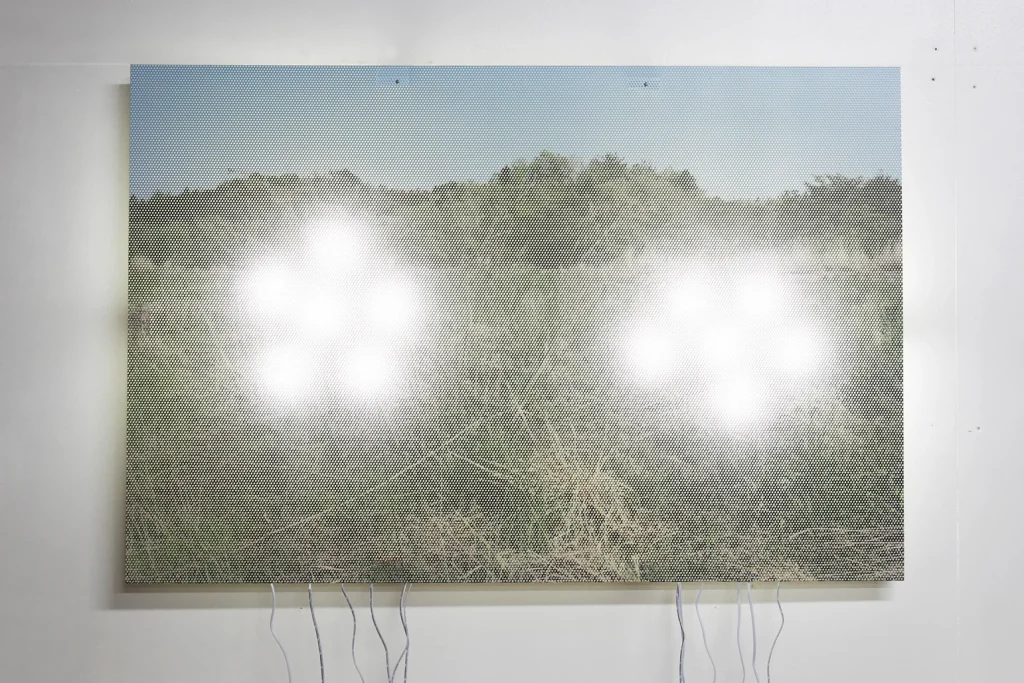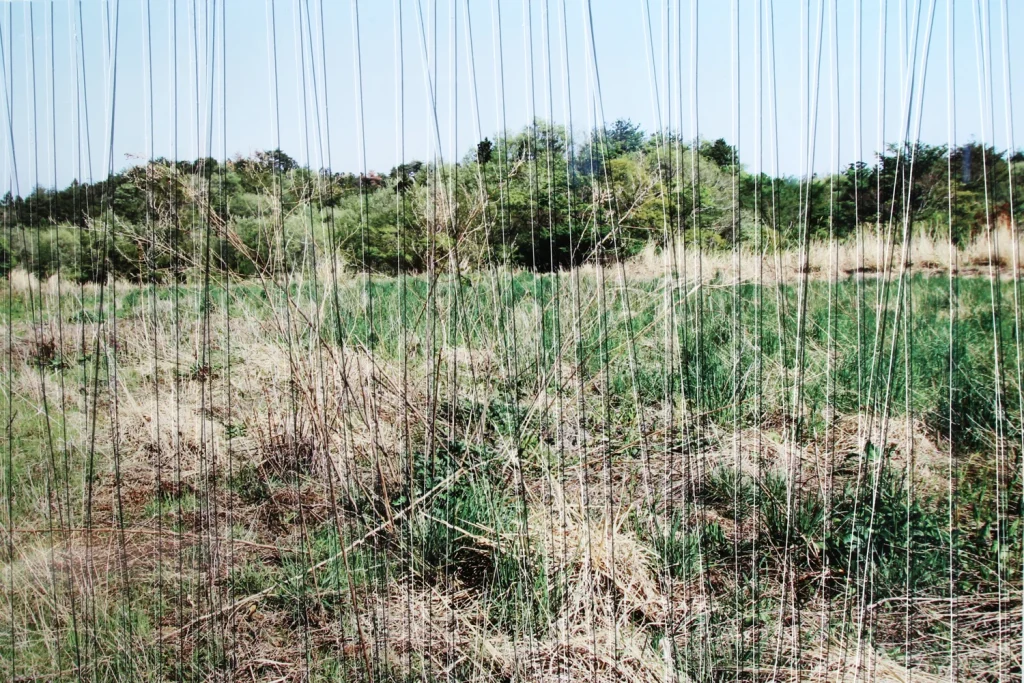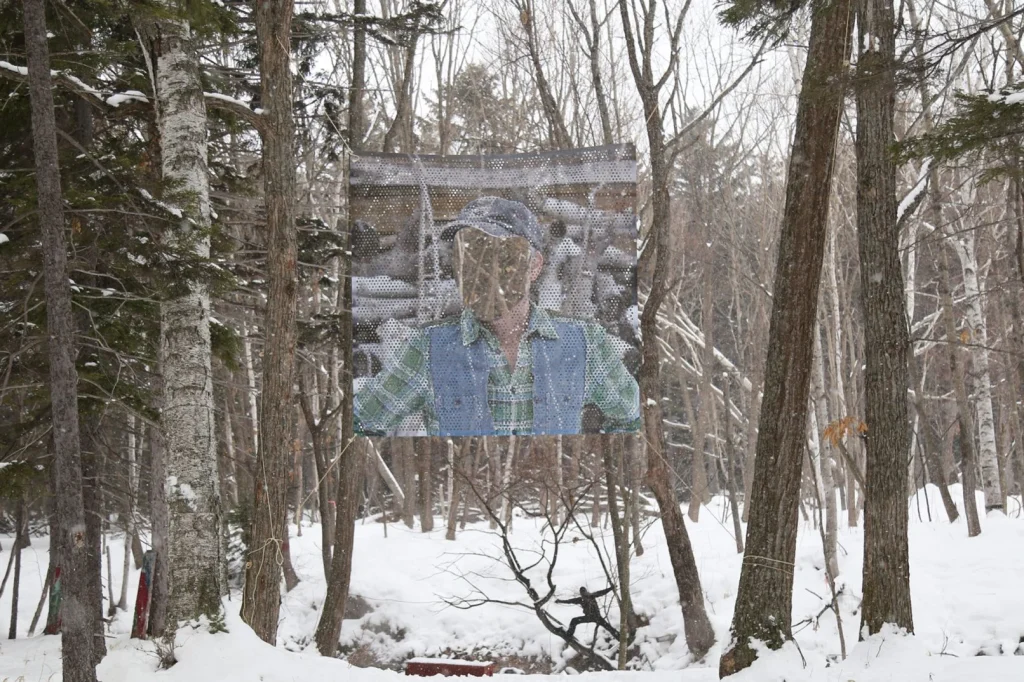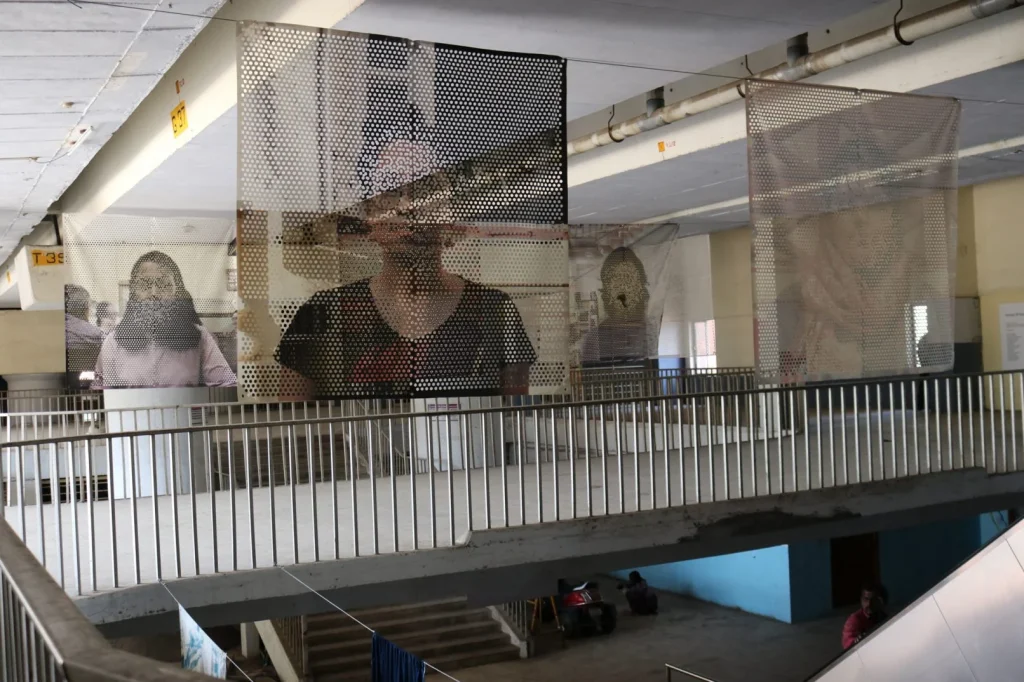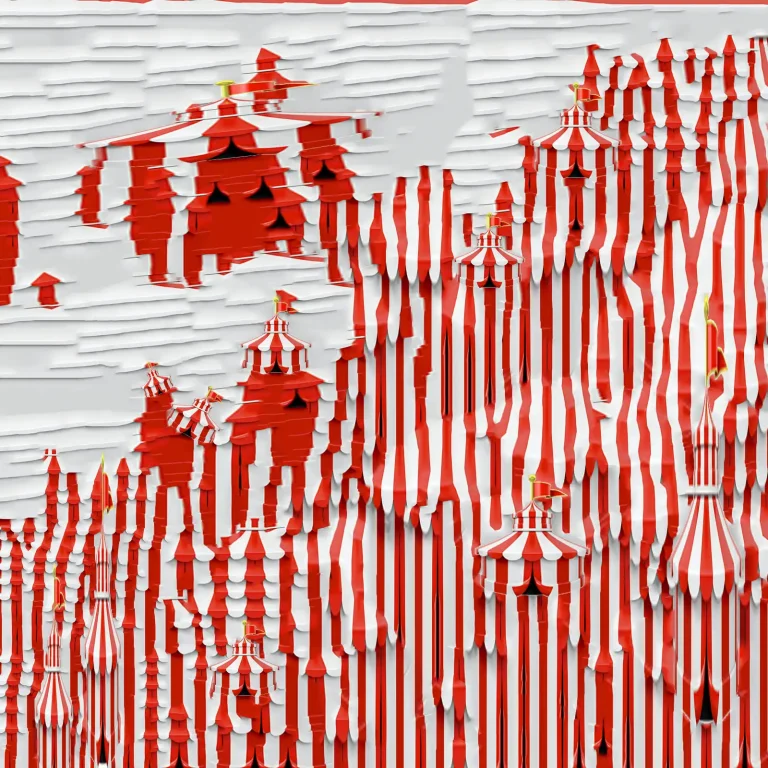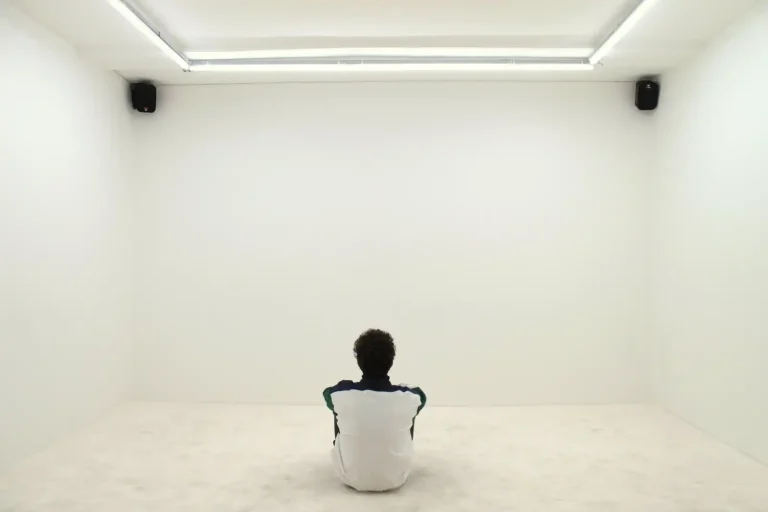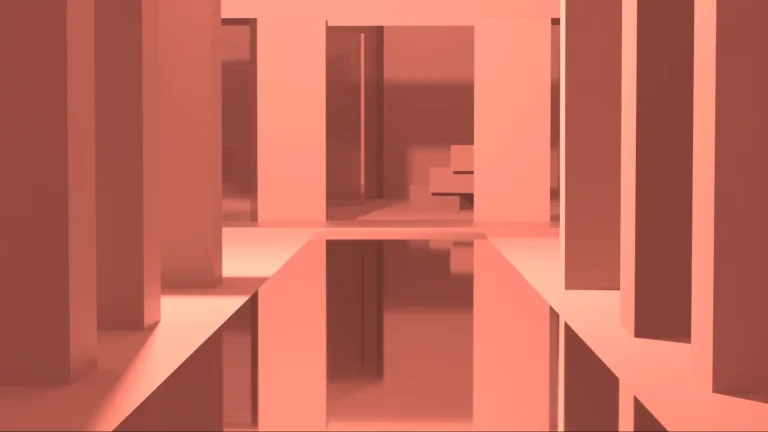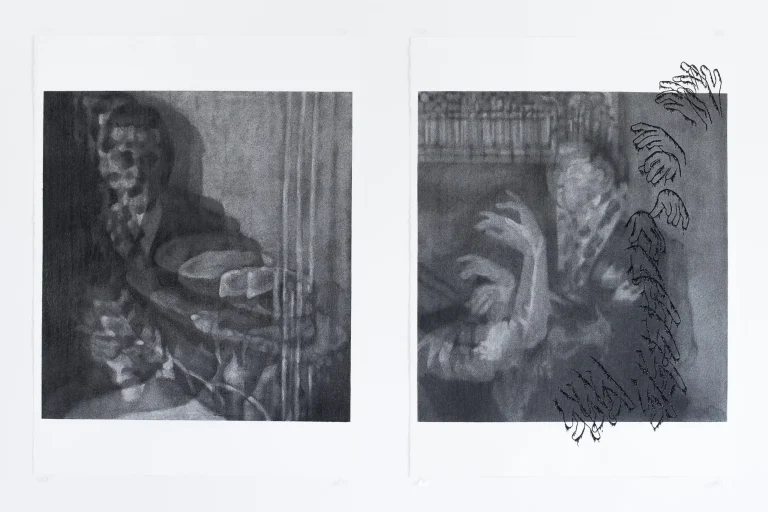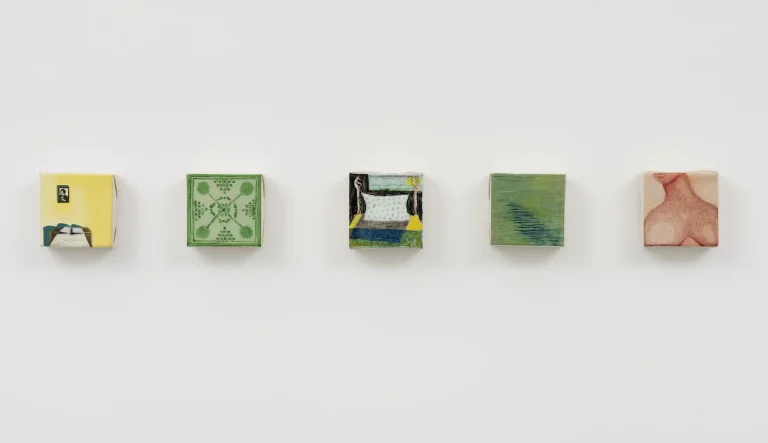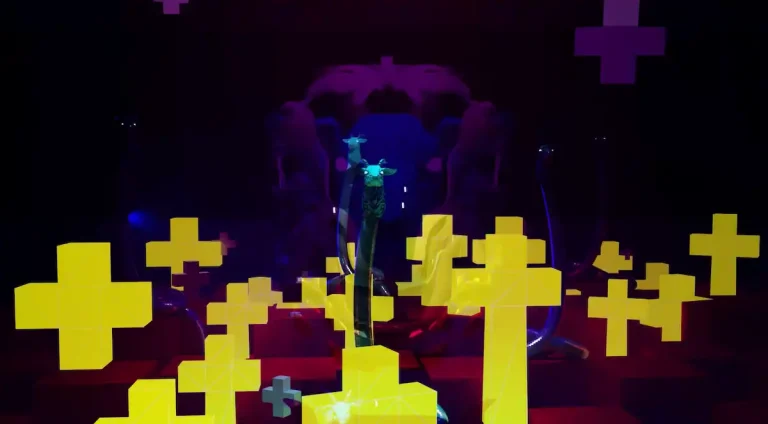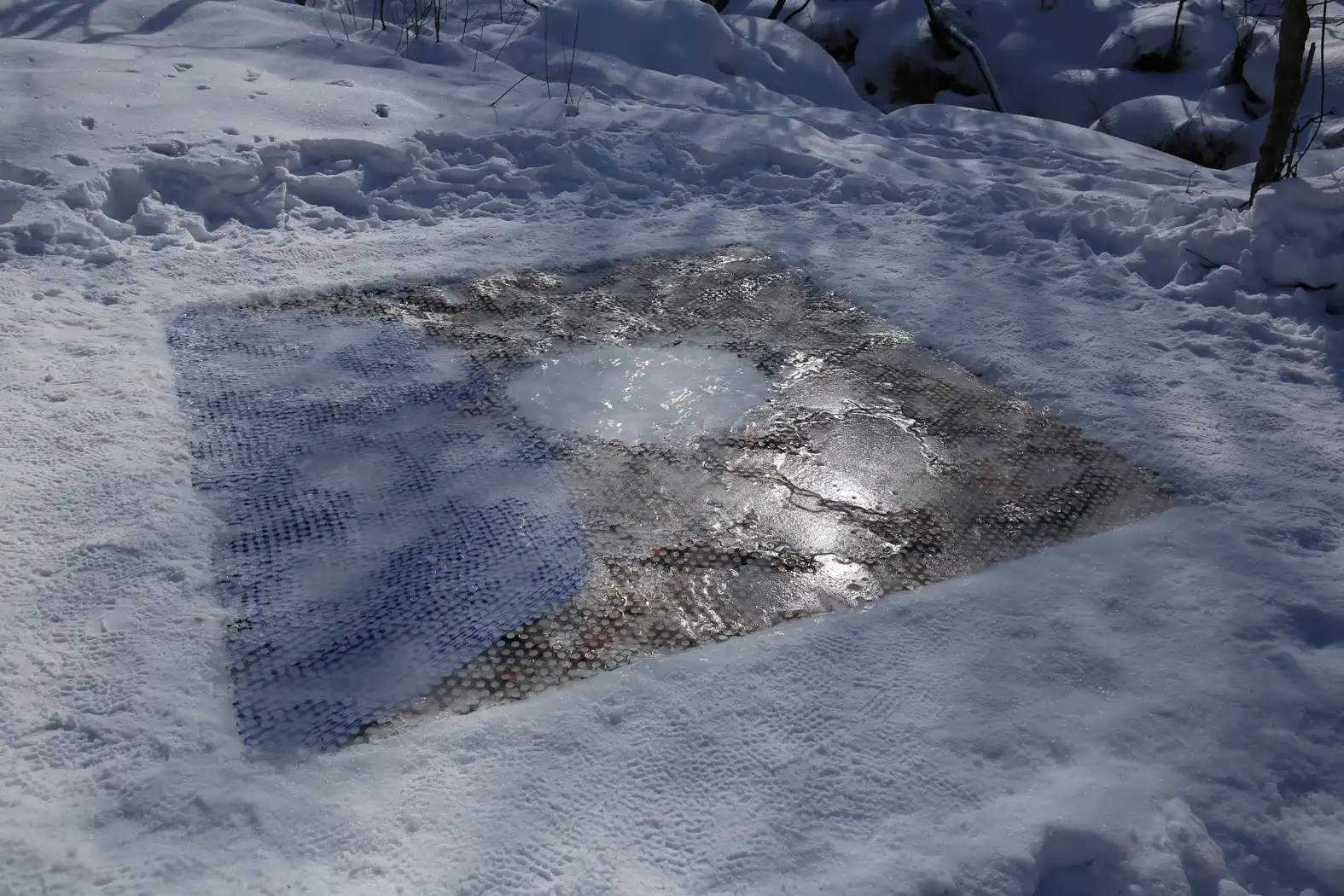
Jun Homma is GlogauAIR resident
from April, 2019 to June, 2019
Jun Homma is a Japanese sculptor who works with site-specific installations, photographs and film. His artistic practice seeks to embody the relationship between our daily life and the invisible landscapes that surround us.
In his current work, he is focusing his research on the historical heritage, where past happenings have become invisible to us. Time flows and people’s relationships with the environment can’t be seen while looking at the landscape in front of us.
Meet the Artist
The contradiction of a landscape that once was blocked by a wall separating the city now has people enjoying picnics within a green surrounding. There seems to be no trace of what in the past has happened in these landscapes. The landscape has become anonymous during time.
Homma observed similar invisibility during the redevelopment of the Tokyo Olympics and the landscape of Fukushima after the disaster. History is known for making the previous visible landscape invisible again after a certain happening. He knew he wanted to create a landscape with an invisible void, as he thinks the void is an encounter for activating our imagination and finding a new viewpoint in the landscape.
Homma is interfering with the current landscapes by shooting photographs and making elements of the site anonymous for us. With the usage of different techniques and materials he makes us reflect on the fleeting look of our environment. A Japanese word reflects on his work namely, 無常/Mu-jyo – the sense of the impermanence about nature, described in Buddhism.
It means “as past events and daily life spread in front of us, there are changes with the passage of time, and everything eventually disappears”.
Statement
Growing up in a residential area near Tokyo, my childhood memory originates from the landscape of urban development and rapid changes. The nature that still remained changed to anonymous, homogeneous and desert scenery by human desire as the driving force of development. It seemed that the memories of the scenery there once remained like invisible afterimages in the margin left behind. This is the scenery against which I tirelessly projected my imagination, and this memory is what has shaped me of today. In the first place, the world seems to be made of countless invisible elements. For example, elementary particles, radiation, electromagnetic wave, energy, all those scientifically studied discoveries. Time and space, some sign, an atmosphere felt between people each other, those which come out of conceptual ideas or consciousness. Moreover, in the history, institution, social structure, it is the power which does not come out in the table in many cases.
Since the ancient times, invisible elements have played essential roles in the formation of culture and beliefs in Japan. The unique concept of ma in Japanese, for instance, recognizes the presence of time and space within an empty space, which has significant influences on visual arts, music and theatre. However, invisible elements are becoming more forgotten in this contemporary society, as more and more information is turned “visible”.
My artistic practice explores various invisible elements surrounding our contemporary life, and attempts to reveal the relationship between the invisible, time, society and nature by using imagination.
GlogauAIR Project
The project I want to develop in GlogauAIR is to find “the invisibility” which is the theme of my work not only in my own country, but also in other cultures and developed as works. This is my new series of research and creations focusing on the “invisibility” present in the landscape that comprises an individual’s identity. Using portraits and landscapes that I have photographed based on interviews, and photos that I’ve sampled.
In order to embody the relationship between the landscape and the internal scenery of the individual, I aim to produce works with visual appearance, while some images appear. Through this, I’m aiming to show existence and nonexistence, and the invisible relationship between an individual’s memories and internal landscape, and society and time, contained in the external landscape. It also reference to the refugee problem and people who are unable to return to their homes due to a disaster or war, and the landscapes that are disappearing due to redevelopment; things present in society that are related to the individual and the landscape.
To create this series, I will conduct interviews with about 10 people of varying identities (including artists in residence if possible) and find information about their landscape as it relates to their identity. Based on those interviews, I will photograph relevant portraits and landscapes. I will then take these photographs and make holes in them, cut them up, stack them together, shift them, and fix them to create my works.
CV Summary
- b. 1967 Tokyo
Gallery
